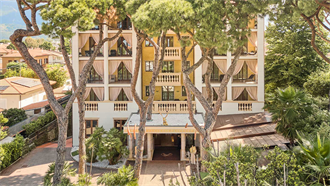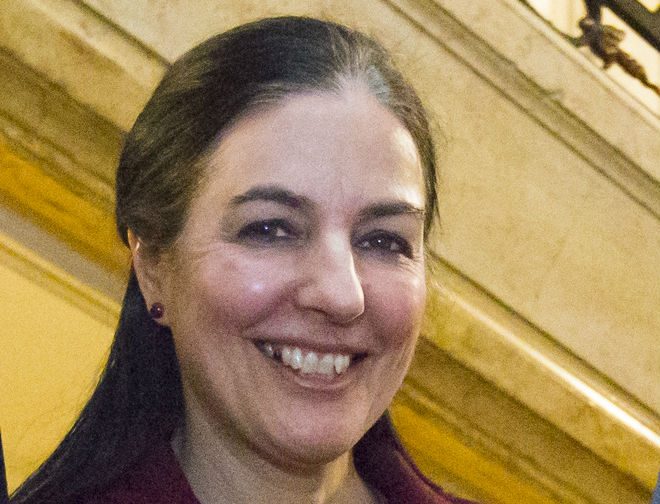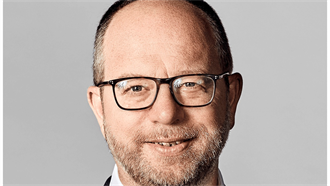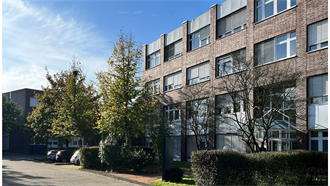Propcos and fund managers need green finance to meet their overall ESG ambitions. A PropertyEU roundtable at Mipim discussed the challenges of finding it.
PROPERTYEU ROUNDTABLE: Sourcing green money against a shifting backdrop
- In Magazine highlights
- 09:15, 29 april 2022
Premium subscriber content – please log in to read more or take a free trial.
Events
Latest news
Best read stories
-

Emaar Properties acquires Grand Hotel Imperiale in Forte dei Marmi
- 25-okt-2024
The Grand Hotel Imperiale in Forte dei Marmi, Italy has been sold to UAE-based real estate company Emaar Properties, owner of renowned buildings such as the Burj Khalifa and the Dubai Mall.


































